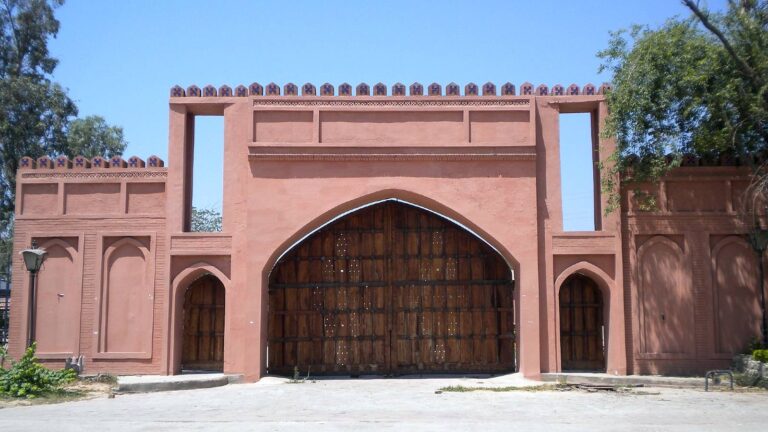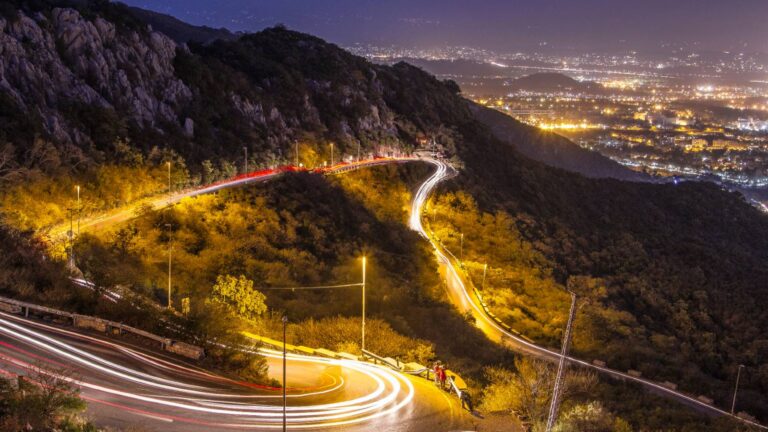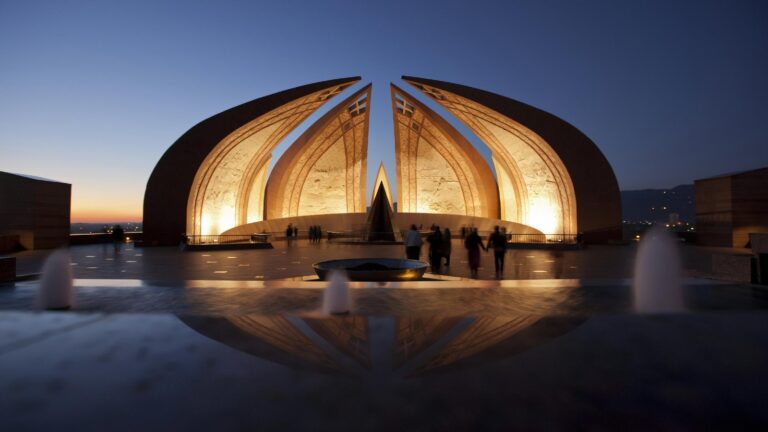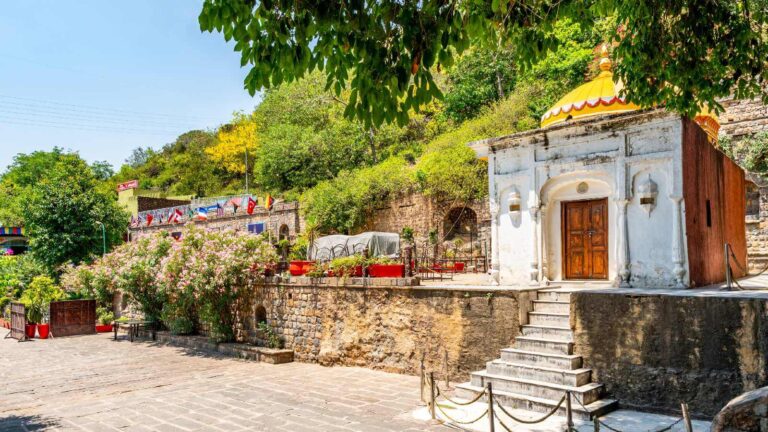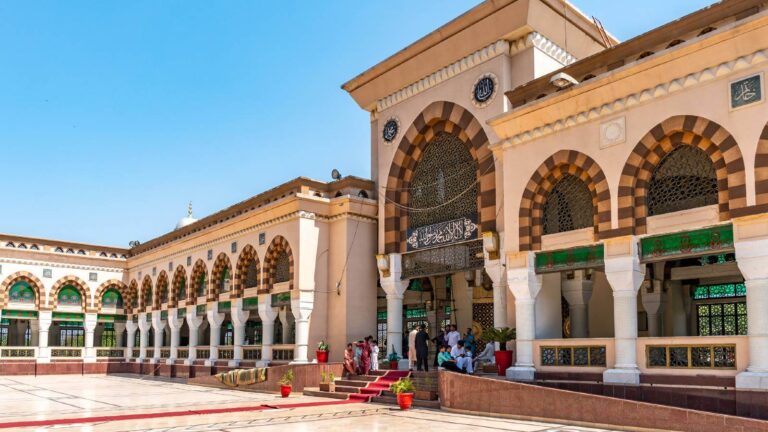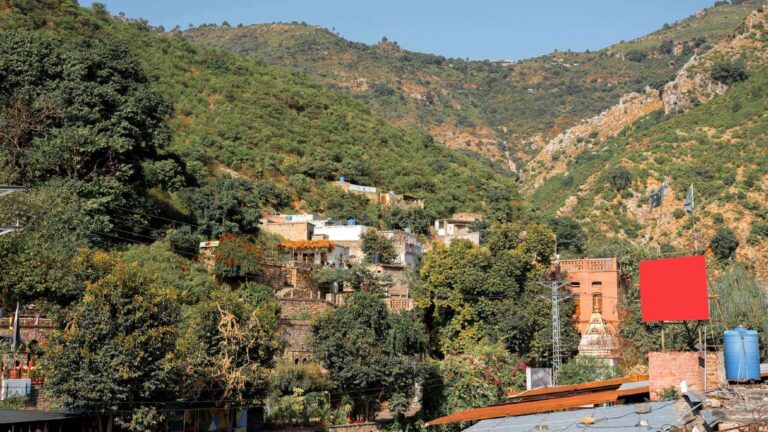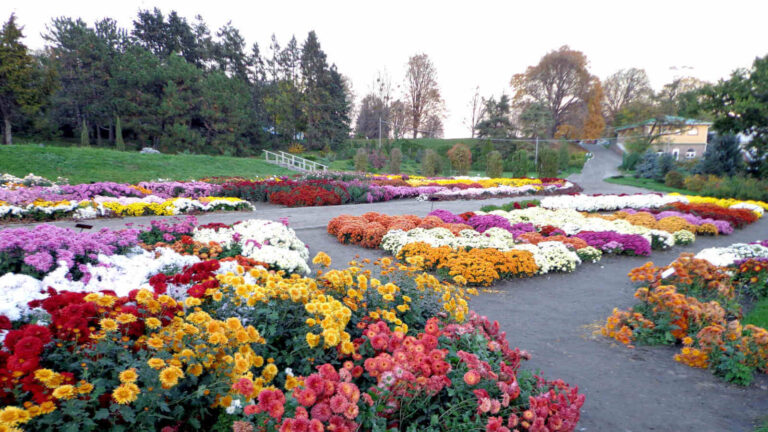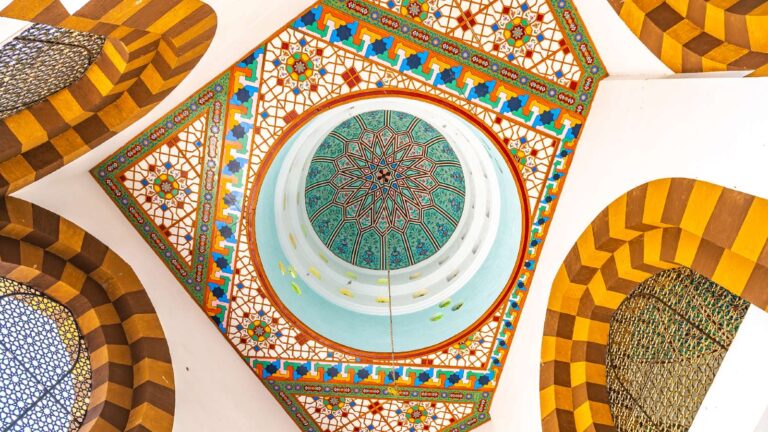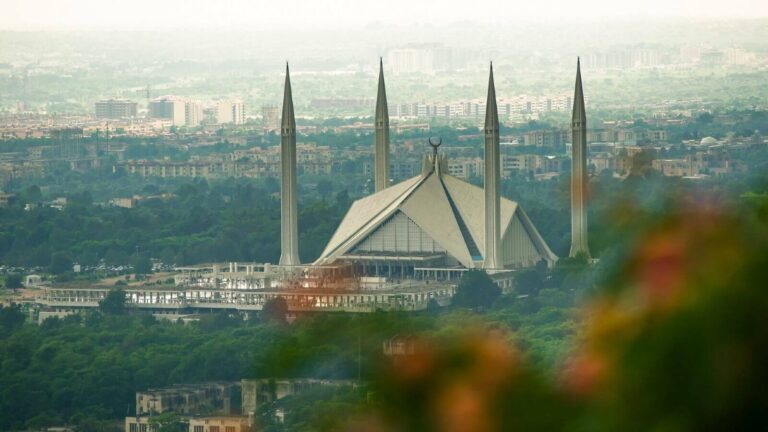Getting There
Getting to the Margalla Hills for hiking is easily achievable from various points within Pakistan.
By driving, take the Shahrah-e-Kashmir Road and connect to the Islamabad Highway. Turn onto Daman-e-Koh Road and follow signs to the Margalla Hills. This option provides flexibility and the opportunity to explore the surroundings.
Public buses and taxis are readily available in Islamabad. Some routes pass near the hills, offering accessible transportation options.
While there’s no direct train station near the Margalla Hills, you can reach the nearby Rawalpindi Railway Station. From there, use taxis or local buses to reach the hiking area.
Taxis and rideshare services offer personalized transportation, providing ease of access to the hiking trails.
The choice of transportation depends on your preferences and group size. Regardless of the mode chosen, hiking in the Margalla Hills offers a scenic and invigorating experience for travelers exploring within the country.
What to Expect
Hiking in the Margalla Hills near Islamabad, Pakistan, promises a rejuvenating experience amidst nature’s beauty. Expect well-maintained trails that wind through diverse landscapes, ranging from lush forests to rocky terrains. The journey offers spectacular panoramic views of the city, providing ample opportunities for photography and moments of serenity.
Hikers can choose from a variety of trails suited to different fitness levels, from leisurely walks to more challenging treks. Along the way, encounter a rich variety of flora and fauna, adding an educational aspect to the adventure.
The Margalla Hills National Park, where the trails are located, also holds cultural significance. The historical Saidpur Village is nestled in these hills, offering a chance to explore ancient ruins, temples, and shrines.
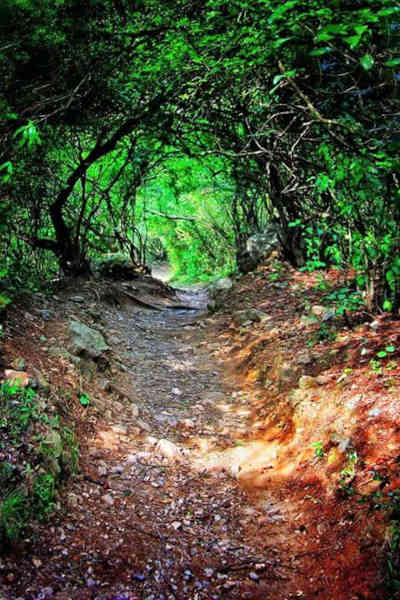
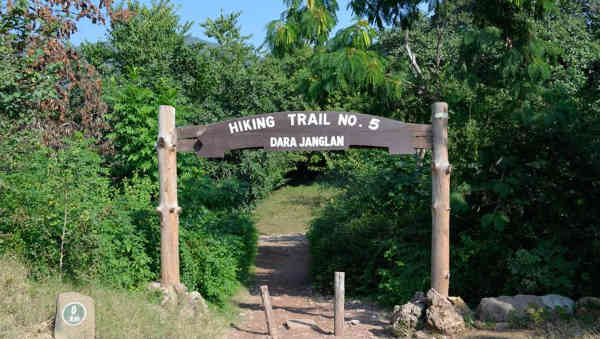
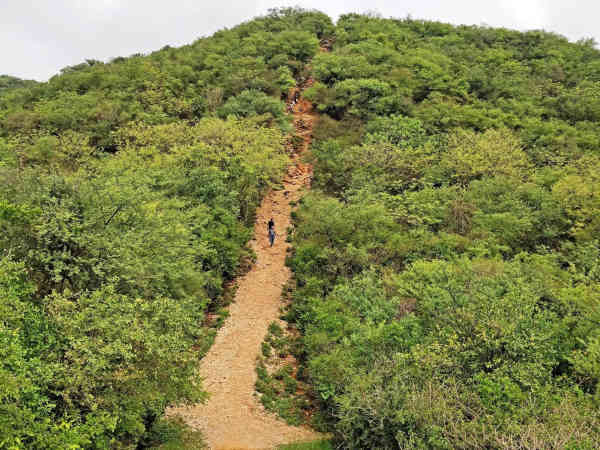
Beyond the physical activity, the experience encourages a connection with nature and fosters a sense of exploration. Many hiking trails lead to breathtaking viewpoints, rewarding hikers with a sense of accomplishment.
The hills provide an ideal opportunity for both solo travelers and groups to unwind, exercise, and reconnect with the outdoors. It’s a popular destination for families, nature enthusiasts, and those seeking a peaceful escape from urban life.
Overall, hiking in the Margalla Hills offers a holistic experience – physical exercise, natural beauty, cultural exploration, and a respite from the bustling city. It’s a testament to Pakistan’s diverse landscapes and a treat for anyone seeking an outdoor adventure.
History
The history of hiking in the Margalla Hills is woven into Islamabad’s development and environmental conservation efforts. These hills, situated within the Margalla Hills National Park, have a historical significance that dates back to prehistoric times.
Centuries ago, the Margalla Hills were inhabited by various ancient civilizations, leaving behind traces of their existence in the form of rock carvings and artifacts. The hills have served as a connection between different regions and cultures.
In more recent history, the Margalla Hills gained prominence during the planning and establishment of Islamabad as the capital of Pakistan. The city’s master plan incorporated the preservation of the hills, recognizing their ecological and aesthetic value.
The development of hiking trails in the Margalla Hills aligns with the city’s commitment to preserving its natural heritage. These trails were designed to allow visitors to engage with nature while maintaining ecological balance.
Over the years, the hills and the hiking trails have become a recreational and environmental asset to the city. The trails not only offer outdoor enthusiasts a chance to explore diverse landscapes but also promote physical well-being and environmental awareness.
Additionally, the historical village of Saidpur, nestled within the Margalla Hills, adds a cultural layer to the history. The village’s existence for centuries highlights the symbiotic relationship between human settlement and nature.
The Margalla Hills remain a testament to the city’s dedication to sustainable urban planning, environmental conservation, and providing residents and visitors alike with a natural sanctuary. The hiking trails offer a tangible connection to Islamabad’s historical roots, preserving its past while ensuring a sustainable future for generations to come.
Facilities Available
- Well-Marked Trails: Multiple hiking trails catering to different difficulty levels.
- Scenic Viewpoints: Breathtaking panoramic views of Islamabad and its surroundings.
- Trail Maps: Information boards and maps to guide hikers on their chosen routes.
- Rest Areas: Benches and shaded spots for hikers to rest and enjoy the scenery.
- Public Toilets: Restroom facilities available along popular trailheads.
- Safety Signage: Clear instructions and safety guidelines throughout the trails.
- Guided Tours: Occasionally organized for informative and guided hikes.
- Educational Displays: Information boards about the park’s ecology and history.
- Accessibility: Ramps and paths for people with limited mobility.
- Wi-Fi: Limited availability, promoting a natural and disconnected experience.
- Accommodation: Wide range of lodging options available in Islamabad.
- Tourism Information: Occasional availability, offering insights for visitors, including in foreign languages.
- Public Transportation: Accessible by public buses and taxis, ensuring easy transportation.
- Taxis/Rideshare: Taxis and rideshare services for personalized transportation.
- Fuel Stations: Nearby fuel options for those traveling by private vehicles.
- Local Guides: Guides offering insights into the park’s history and ecosystem.
- First Aid Stations: Available at selected points for emergencies.
- Water Stations: Occasional water points for hikers to stay hydrated.
- Snack Stalls: Vendors selling refreshments and snacks along popular trails.
- Photography: Numerous picturesque spots for photography enthusiasts.
- Souvenir Shops: Shops selling hiking gear, merchandise, and local handicrafts.


